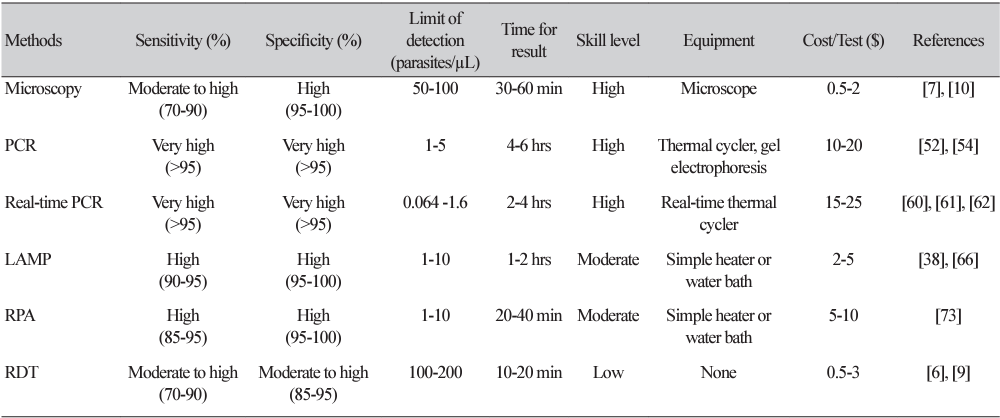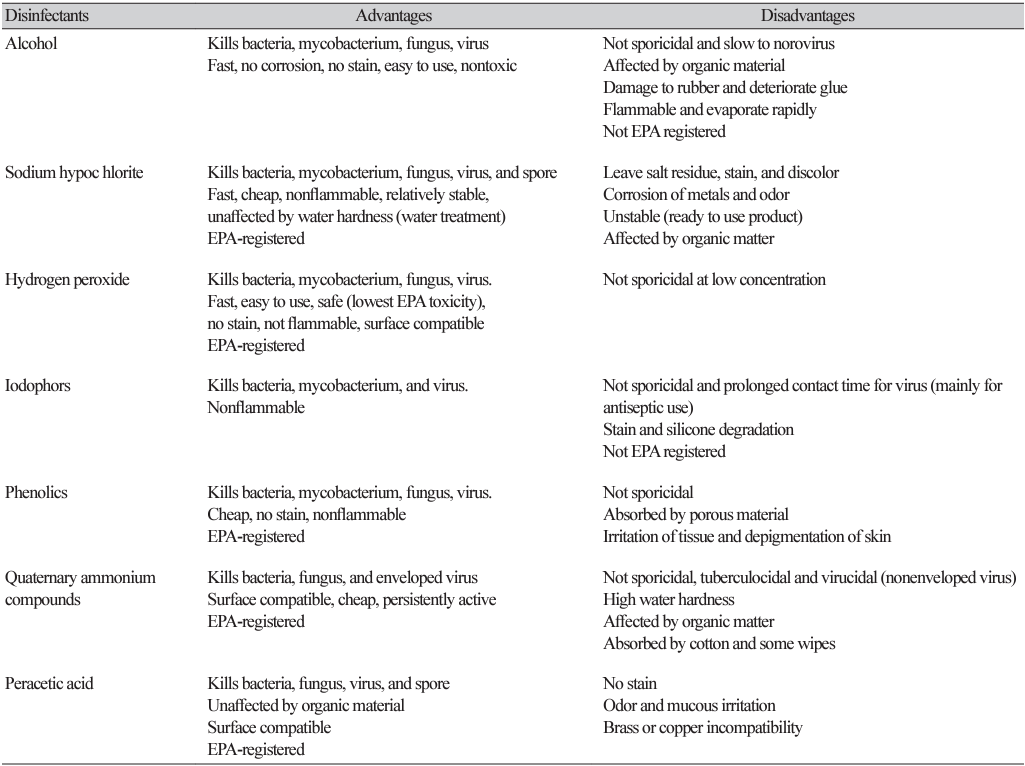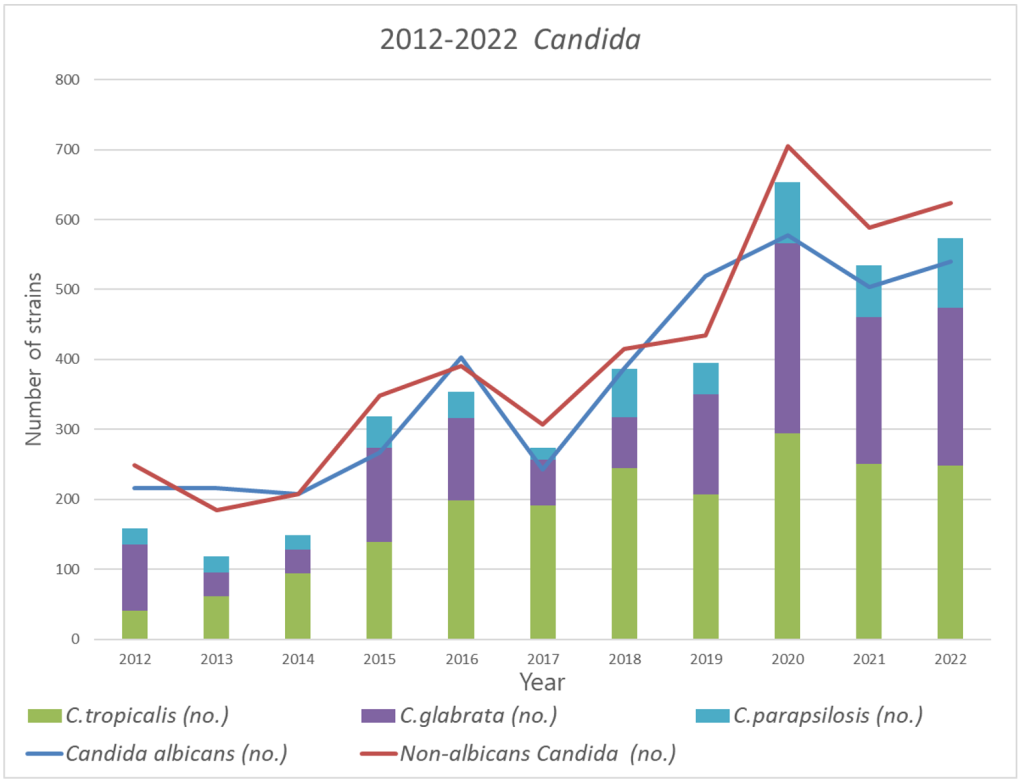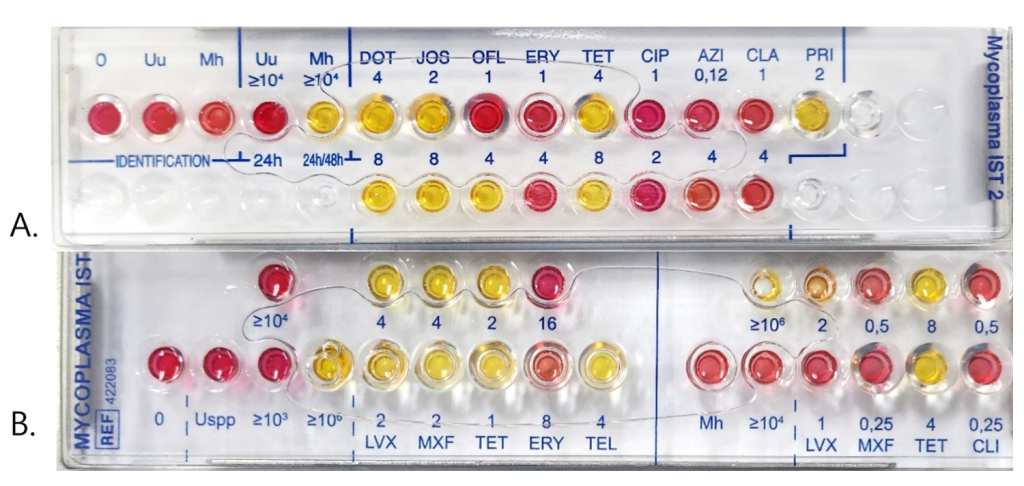Jin-Hee Han, Eun-Taek Han
Ann Clin Microbiol 2024 March, 27(3):155-170. Published on 9 September 2024.

Recent advancements in malaria diagnostics have revolutionized the detection and management of this deadly disease. From traditional microscopy to rapid diagnostic tests and currently, to cutting-edge molecular techniques, such as isothermal amplification and different types of polymerase chain reactions, significant progress has been witnessed in enhancing the sensitivity, specificity, and accessibility of diagnostic tools. These innovations have enabled rapid and more accurate detection of malarial parasites, especially in regions with limited healthcare infrastructure. Furthermore, integrating information technology- and artificial intelligence-based applications with point of care devices has facilitated realtime data collection and decision-making, ultimately aiding global efforts toward malaria elimination. Although conventional techniques are still employed at field sites, challenges such as high sensitivity, species specificity, cost-effectiveness, scalability, and the emergence of drug-resistant strains persist. These challenges underscore the need for continuous research and development of novel malaria diagnostics.
Young Ah Kim
Ann Clin Microbiol 2024 March, 27(3):171-177. Published on 12 September 2024.

Purpose: This narrative review examines the pivotal role of clinical microbiology in environmental cleaning and disinfection within healthcare facilities. With an increasing focus on infection control, particularly regarding multidrug-resistant organisms (MDROs), the review explores disinfection strategies, monitoring methods, and best practices, including recent recommendations from the Korea Disease Control and Prevention Agency.
Current content: MDROs such as methicillin-resistant Staphylococcus aureus, vancomycinresistant enterococci, and carbapenem-resistant gram-negative bacteria are significant contributors to healthcare-associated infections (HAIs). These organisms persist on hospital surfaces, posing a risk of transmission. There are various disinfection modalities for noncritical surfaces (e.g., bedrails, floors) detailing the advantages and limitations of common disinfectants, including quaternary ammonium compounds, hydrogen peroxide, and sodium hypochlorite. It is efficient to use self-disinfecting surfaces coated with heavy metals and no-touch disinfection technologies, such as ultraviolet (UV)-C light and vaporized hydrogen peroxide. Clinical microbiologists are responsible for monitoring methods, including swab cultures, Replicate Organism Detection and Counting plates, and adenosine triphosphate assays, to assess the microbial load on hospital surfaces. Comprehensive monitoring is needed, which also includes visual inspection, UV-visible markers, and fluorescent tracers for quality control and performance feedback.
Conclusion: Environmental cleaning and disinfection are essential in reducing HAIs linked to MDROs. Effective implementation of evidence-based disinfection practices, adherence to guidelines, and collaboration between clinical staff are critical components of successful infection control. The clinical microbiologist’s role is vital in evaluating cleaning efficacy and ensuring optimal infection prevention strategies through regular feedback and microbial surveillance.
Dongeun Yong
Ann Clin Microbiol 2024 March, 27(3):179-183. Published on 20 September 2024.
Seo Young Hwang, Young Kwan Lim, Kye Won Choe, Young ho Choi, Mi-Kyung Lee
Ann Clin Microbiol 2024 March, 27(3):185-196. Published on 20 September 2024.

Background: As most Candida species cause opportunistic infections, it is helpful for patient care to determine species name of Candida spp. and their distribution in both sterile and non-sterile specimens. We aimed to investigate trends in the distribution of Candida species isolated from a hospital in Korea, along with their antifungal susceptibilities and seasonal variations.
Methods: This study was conducted at the Chung-Ang University Hospital and included 8,760 different clinical specimens from March 2011 to December 2022. Identification of the fungal species and its antifungal susceptibility testing were performed using VITEK 2 ID-YST system for six drugs: amphotericin B, caspofungin, fluconazole, voriconazole, micafungin, and flucytosine.
Results: The most common fungal species was Candida albicans. The C. albicans positivity rate gradually increased from 2012 to 2022. Since 2020, however, this trend reversed and the non-albicans Candida (NAC) superseded the count of C. albicans. Among the NAC, C. glabrata showed significant increase. When a weekly analysis was performed, C. glabrata was evenly distributed without any noticeable peak; however, the positive rate decreased from late December to early January across all years.
Conclusion: Monitoring of future trends should necessarily be continued. Our findings revealed that the positive rate for Candida was the lowest in the months of December and January of the studied years, which can be attributed to environmental factors. However, further research needs to be conducted.
Teddy Namirimu, Sunjoo Kim
Ann Clin Microbiol 2024 March, 27(3):197-204. Published on 28 August 2024.

Background: Dengue virus (DENV) is transmitted by mosquitoes and is becoming a global threat owing to an increase in the number of cases and mortality, especially in low- and middle-income tropical countries. Rapid and easy-to-use diagnostic tests are required to differentiate dengue fever from other febrile illnesses.
Methods: We evaluated the clinical performance of the ImmuneMed Dengue NS1 Ag Rapid I test (ImmuneMed, Inc.) using positive and negative sera collected from patients with confirmed DENV infection and healthy individuals, respectively. The AccuPower® ZIKV (DENV, CHIKV) multiplex real-time reverse transcription polymerase chain reaction (RT-PCR) assay (Bioneer) was used as the reference standard to confirm DENV infection.
Results: One hundred DENV-positive and 161 DENV-negative samples were evaluated. Overall, the sensitivity and specificity were 100% (95% confidence interval [CI], 96%–100%) and 100% (95% CI, 98%–100%), respectively. The sensitivity and specificity were 100% for both DENV-1 and DENV- 2. The sensitivity was the same (100%) for sera collected < 3 days and ≥ 3 days from symptom onset. The performance of the ImmuneMed Dengue NS1 Ag Rapid I and realtime RT-PCR tests showed strong overall agreement.
Conclusion: The ImmuneMed Dengue NS1 Ag Rapid I test was highly specific for DENV and as sensitive as RT-PCR. These findings suggest that the ImmuneMed Dengue NS1 Ag Rapid I test may be a useful point-of-care test for dengue fever.
Seungtaek Lim, Seunghwan Seol, Eun Jeong Won, Bosung Park, Heungsup Sung, Mi-Na Kim
Ann Clin Microbiol 2024 March, 27(3):205-214. Published on 20 September 2024.

Background: Unlike the Mycoplasma IST2 kit (bioMérieux), the Mycoplasma IST3 kit has been updated to comply with the standardized antimicrobial susceptibility test (AST) method for Ureaplasma spp. (Up) and Mycoplasma hominis (Mh). We aimed to verify the use of the Mycoplasma IST3 kit for genital mycoplasma cultures.
Methods: From September 2023 to January 2024, the R1 medium remaining after inoculation with IST2 was refrigerated until the next day. For IST2-positive samples, 300 μL of residual R1 medium was inoculated into the IST3. Species identification, enumeration, and AST results obtained using IST3 were compared with those obtained using IST2.
Results: A total of 48 IST2-positive samples were inoculated into IST3, including 35, 1, and 12 Up-only, Mh-only, and both Up- and Mh-positive samples, respectively. Among Up-only samples, 2.8%, 91.4%, and 100.0% were susceptible to ciprofloxacin, tetracycline, and erythromycin, respectively. With IST3, 45 (93.8%) samples grew genital mycoplasmas; 42 (89.4%) of the 47 Up-positive samples and 6 (46.2%) of the 13 Mh-positive samples showed growth of the same organisms. All seven samples that failed to grow Mh were from mixed cultures, of which four Mh concentrations of < 104/mL. Up was susceptible to levofloxacin, tetracycline, and erythromycin at the rates of 64.3 %, 88.1 %, and 95.2 %, respectively.
Conclusion: IST3 showed good performance in detecting genital Mycoplasma except for its tendency to not detect Mh of low concentrations in mixed cultures. IST3 is preferable to IST2 because it can accurately screen for erythromycin resistance in Up and reduce falseresistances for fluoroquinolone.